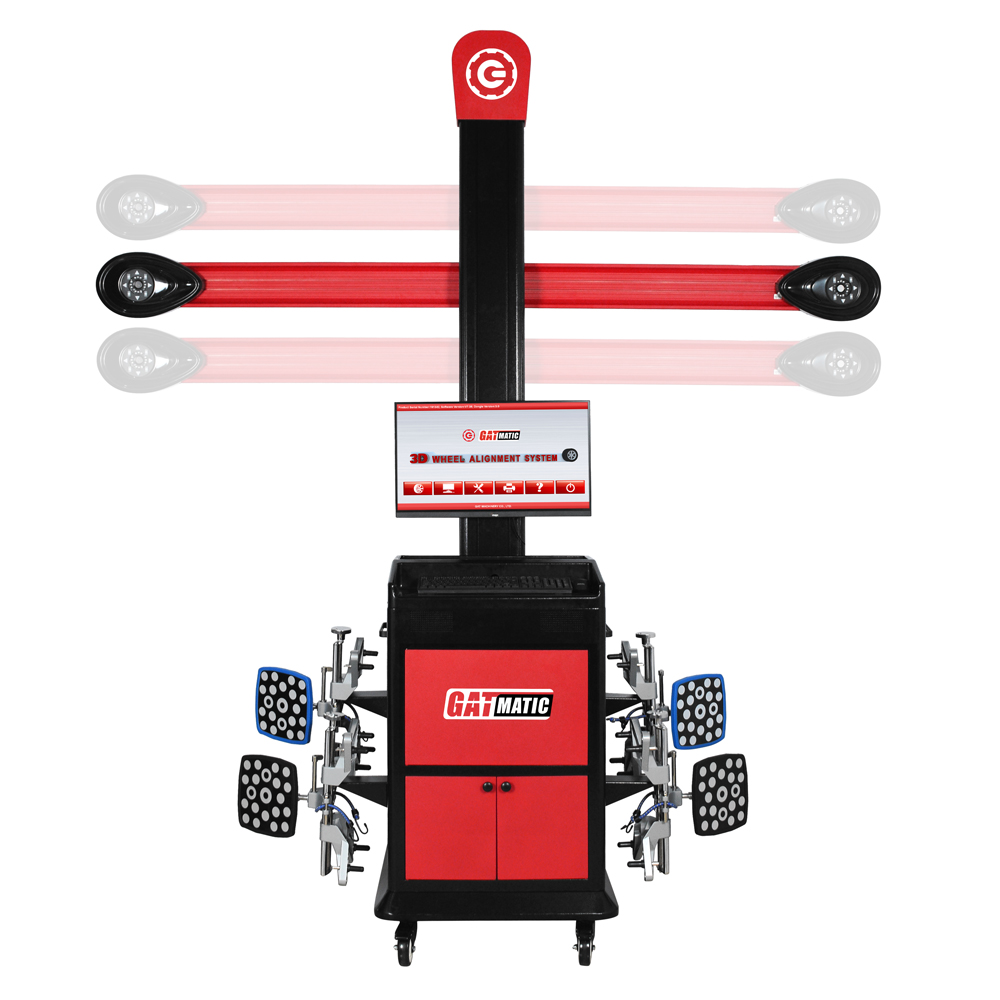Which is better, wheel alignment or wheel balancing?
When it comes to maintaining our vehicles, we often hear about two essential services: wheel alignment and wheel balancing. Both are critical for ensuring a smooth and safe ride, but they serve different purposes. The central question that often arises is, which is better for your vehicle’s performance and safety? In this essay, we will explore the concepts of wheel alignment and wheel balancing, their individual importance, and when to choose one over the other.
I. Understanding Wheel Alignment
Wheel alignment refers to the adjustment of a vehicle’s suspension components to ensure that the wheels are positioned correctly in relation to each other and the road surface. Its primary purpose is to optimize the vehicle’s handling, stability, and tire wear. Misalignment can occur due to various factors, such as hitting potholes, curbs, or simply wear and tear over time. Signs of misalignment include uneven tire wear and steering issues. Proper wheel alignment offers numerous benefits, including improved handling, fuel efficiency, and increased tire longevity.
II. Wheel Balancing Explained
Wheel balancing, on the other hand, focuses on the distribution of weight around the tire and wheel assembly. The goal is to ensure that the weight is evenly distributed to prevent vibrations and wobbling while driving. Imbalanced wheels can result from uneven tire wear or heavy braking. Signs of wheel imbalance include noticeable vibrations and a steering wheel that wobbles. Proper wheel balancing provides a smoother ride, reduces tire wear, and improves overall safety.
III. When to Choose Wheel Alignment
Knowing when to choose wheel alignment is crucial. It is typically necessary when specific situations or conditions arise, such as after hitting a significant pothole or curb. Regular maintenance is equally important to prevent misalignment from occurring gradually. You can check for alignment issues by observing signs like uneven tire wear or by having a professional inspect your vehicle. The cost of wheel alignment varies but is generally a worthwhile investment in the long run to maintain vehicle performance and safety.
IV. When to Choose Wheel Balancing
Wheel balancing should be considered when you experience symptoms of imbalance, such as vibrations in your steering wheel or an uneven ride. It’s also a good practice to have your wheels balanced whenever you replace your tires or notice uneven wear. Regular maintenance and periodic wheel balancing are key to preventing issues related to imbalance. The cost of wheel balancing is relatively low compared to the potential problems it prevents.
V. Comparing the Two
Wheel alignment and wheel balancing serve different purposes but are equally important for your vehicle’s overall performance and safety. Wheel alignment focuses on the proper positioning of your wheels to enhance handling and tire life, while wheel balancing ensures that your tires roll smoothly without vibrations. In reality, these two services complement each other, and addressing one issue may reveal the need for the other.
Conclusion
In conclusion, the debate of “which is better” between wheel alignment and wheel balancing is a bit like comparing apples to oranges. Both services are essential for maintaining a safe and efficient vehicle. The choice between them depends on your specific circumstances, driving habits, and the condition of your vehicle. Regular maintenance is the key to a safe and smooth ride, and neglecting either wheel alignment or wheel balancing can lead to reduced performance, safety risks, and higher long-term costs. Therefore, it is recommended that you consult with a professional mechanic who can assess your vehicle’s needs and provide guidance on when to choose wheel alignment or wheel balancing to keep your vehicle running optimally.
FAQs
1. How often should I get my wheels aligned?
Typically, it’s recommended to have your wheels aligned as part of your regular maintenance schedule. However, you should also consider alignment if you hit potholes or curbs that could disrupt your alignment settings.
2. Do I need both wheel alignment and wheel balancing?
Yes, both services are important. Wheel alignment ensures your wheels are pointing in the right direction, while wheel balancing eliminates vibrations and uneven tire wear. They complement each other for an optimal driving experience.
3. Can I balance my wheels at home?
While there are DIY balancing kits available, professional services are more accurate and efficient. Balancing requires specialized equipment and expertise to ensure it’s done correctly.
4. What are the consequences of neglecting wheel alignment?
Neglecting wheel alignment can lead to uneven tire wear, reduced fuel efficiency, and compromised vehicle handling. It can also increase the risk of accidents due to poor steering control.
5. How can I tell if my wheels are misaligned or imbalanced?
Signs of misalignment include a steering wheel that’s off-center and your vehicle pulling to one side. Imbalance is often indicated by vibrations at high speeds and uneven tire wear. If you experience any of these, it’s time to get your wheels checked.
Describe Your Needs In Detail!
We will carefully evaluate your needs and give professional solutions.




